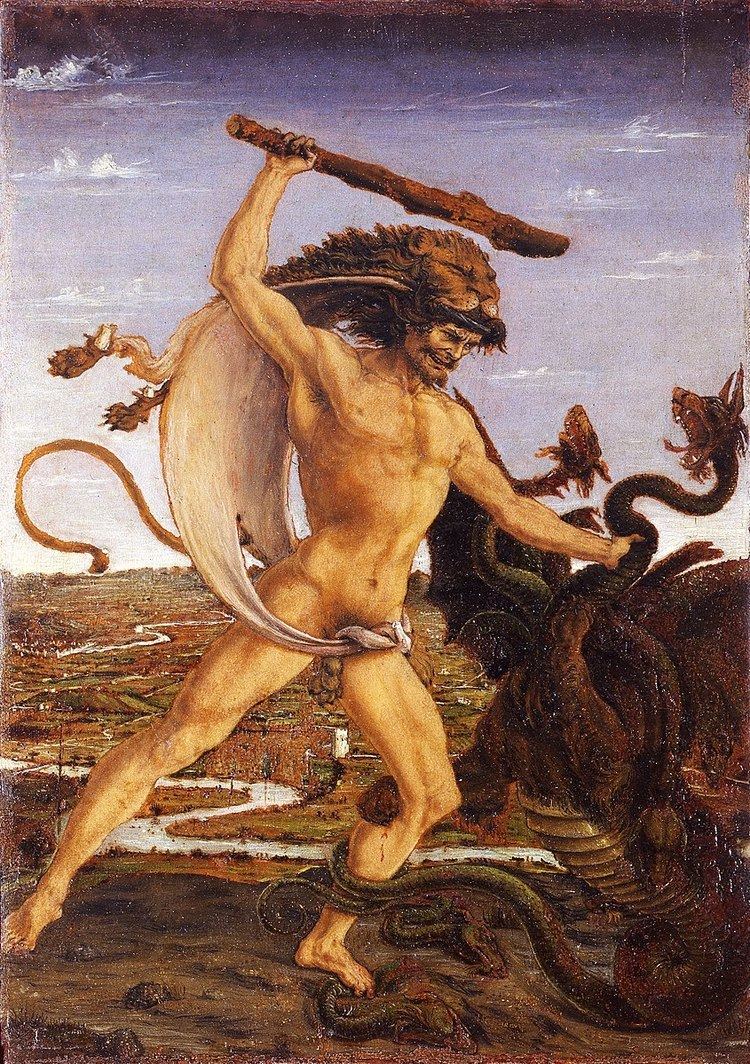 | ||
Chemical warfare is "the use of toxic chemicals in battle." The precise date of the first instances of chemical warfare is unknown, but scholars speculate that smoke have been used as an irritant in both battles and for hunting in prehistoric times. The first records of chemical warfare come from accounts of India in the fourth century BC, when Indian archers dipped their arrows in snake venom. In the same period, the use of smoke against enemies digging tunnels was first recorded in Greece and China. The next several centuries witnessed more and more sophisticated applications of toxic smoke and poisons in warfare.
In the Middle Ages and the early modern period, chemical warfare advanced along with the development of chemistry. In 1456, during the Siege of Belgrade, an alchemist created poison clouds by burning rags that may have contained chlorine gas. In the fifteenth century, Leonardo da Vinci designed explosive shells filled with arsenic and sulfur for use against ships, and in the nineteenth century, Thomas Cochrane advocated the use of burning sulfur as a naval weapon. Later in the nineteenth century, the Union Army in the American Civil War devised plans to attack Confederate trenches with hydrochloric acid and sulfur acid, but failed to carry out its intentions.
In the late nineteenth century, advances in organic chemistry led to the development of advanced new chemical weapons, such as mustard gas. These weapons were first used during World War I in which the belligerents used more than 125,000 tons of chemical munitions. Despite great public opposition to chemical warfare after World War I, its development and practice continued. In the 1930s, Italy used chemical weapons during the Second Italo-Abyssinian War. At the same time, German chemists discovered a new class of chemical weapons, far more deadly than early agents, nerve agents.
During World War Two, Japan used chemical weapons during the Second Sino-Japanese War, but chemical weapons were not used on a large scale in the European theater or in conflict between the United States and Japan. After the war, though, chemical weapons were used in several conflicts, most notably in the Yemeni Civil War and Iran–Iraq War. During this period, the United States and the Soviet Union also continued to refine their chemical arsenals, developing new agents such as VX and binary chemical weapons.
In 1993, the Chemical Weapons Convention was signed, outlawing all uses of chemical weapons in war. Since the signing of the convention, no use of chemical weapons in interstate has been documented, but chemical weapons have been used by other groups. Most notably, the Japanese terrorist group Aum Shinrikyo carried out an attack in the Tokyo subway with sarin, a nerve agent.
World War I
With the advent of industrialised warfare in World War One the use of gas saw its first widespread use.
